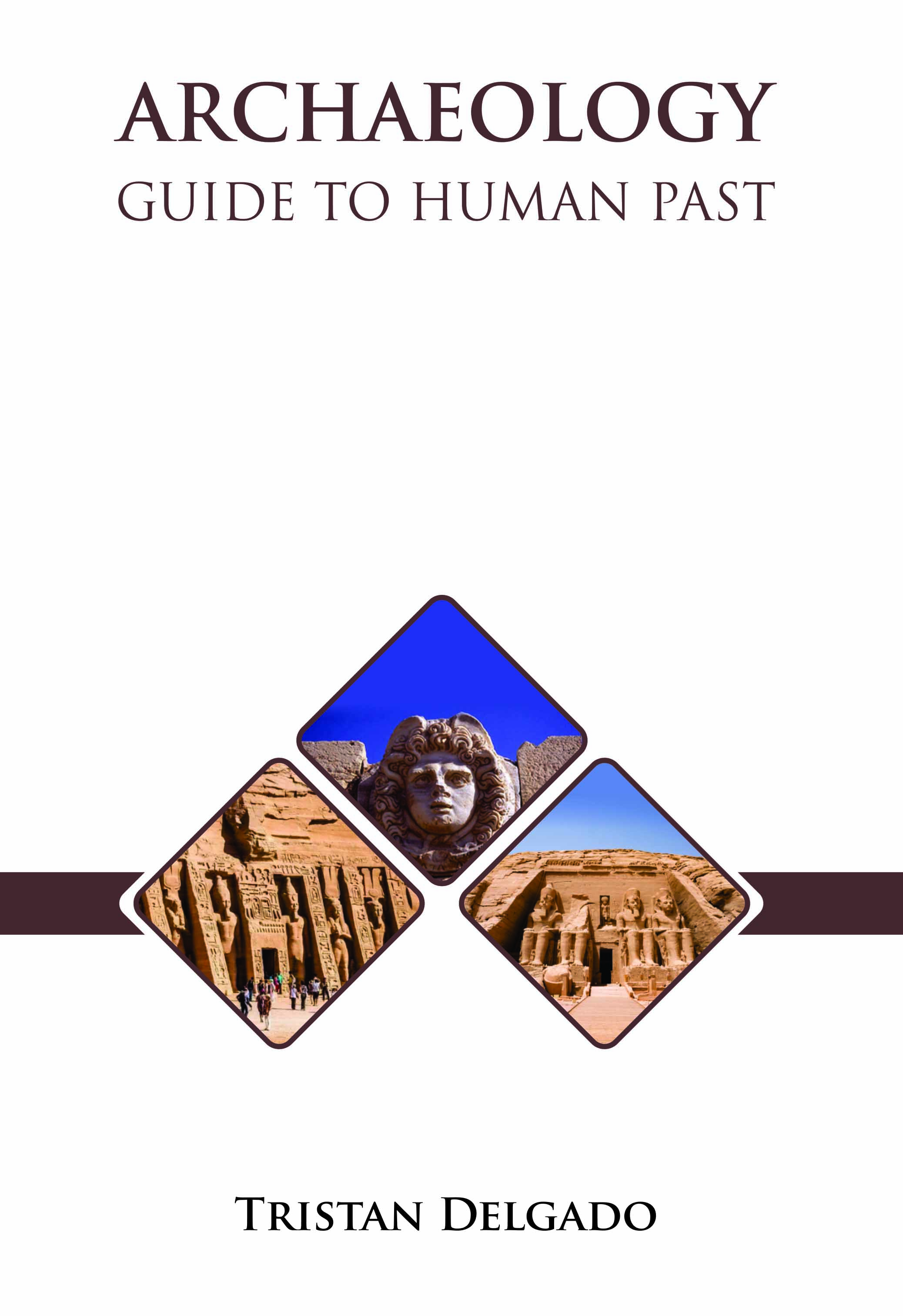
Archaeology: Guide to Human Past
by Tristan Delgado
| ISBN | 9781806247226 |
|---|---|
| Publisher | Digital Drive Learning |
| Copyright Year | 2026 |
| Price | $273.00 |

by Tristan Delgado
| ISBN | 9781806247226 |
|---|---|
| Publisher | Digital Drive Learning |
| Copyright Year | 2026 |
| Price | $273.00 |
The scientific study of ancient cultures by examining physical remains is known as archaeology. Physical remains primarily consist of the bones of early humans and their constructed tools, products (artifacts), and settlement foundations. Archaeologists look for these remnants and examine them to learn more about the culture of the people who left them. Historians and anthropologists frequently collaborate closely with archaeologists. The first stage of archaeology is antiquarianism. Antiquarianism, so named because it involved gathering and displaying historical relics, was typically practiced by wealthy people who had the time and money to look for, buy, and display antiques. These people were driven by several motives, including nationalism (for instance, the history of the country where they were born) and religion (the examination of Biblical manuscripts). It should be noted that antiquarianism has its roots in antiquity and may date back to (or even earlier than) the fifth-century BCE writings of the Greek historian Herodotus. Archaeology is becoming a disciplined science. Geophysical prospecting and radioactive carbon dating are two tools used by archaeologists. Humanities like history and art history significantly impact the field and even drive it. But at its core, it is highly technical and meticulous. Archaeology, though, hasn't always been exact. It hasn't always been a science. With the rise of collecting and Humanism, a form of rational ideology that highly valued art, archaeology first appeared in Europe in the 15th and 16th centuries. Instead of viewing them as historical objects, the enquiring elite of the Renaissance gathered antiquities from ancient Greece and Rome. The book focuses on where early historic archaeology stands regarding our current understanding of it. It examines the purposes, goals, and techniques of archaeological methods. It deals with the main topics that are typically connected to early historical archaeology.